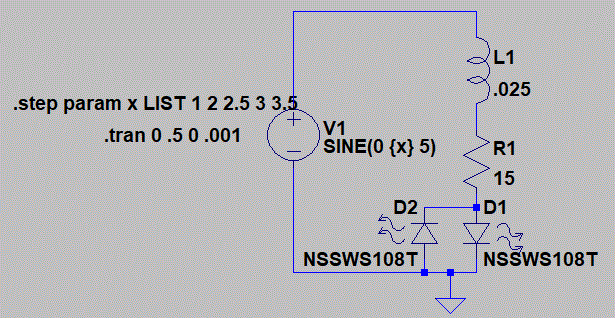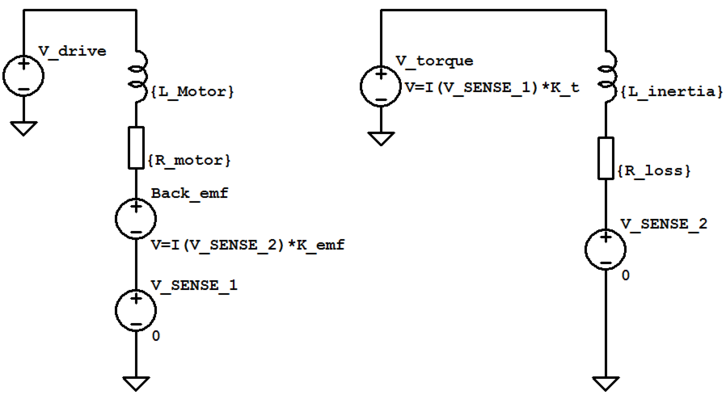I made a generator for my wife's 3rd grade class, since they are learning about magnets, electromagnets and electricity. It's a simple pipe with a stack of magnets inside and you shake it to produce some power. I'm sure you've seen them.
The pipe (which is just a scrap plastic tube taken from one of my kids' "bubble wands") is about 1 inch diameter and the magnets are ceramic 3/4 inch ones from "Hobby Lobby". It's a sloppy fit, but it works. The coil is 26 gauge magnet wire and I made about 1,050 turns. At the ends of the coil, I soldered 2 LEDs with opposite polarity since it's AC and I wanted to show that. It all works, but I eventually want to go further with the project.
This leads me to my actual question. I discovered LTspice and want to replicate this in the simulation, but I have no idea how to setup the voltage source. I have been out of the electronics game for a long time and I think I'm missing something obvious. It requires a ground to simulate the circuit, but I have no idea where to put it. The more I try to do things with it, the more I don't know. Would any of you be able to show a quick way to setup this circuit, with the above information? Maybe even just estimate how much power I'm generating.
Thanks in advance.



